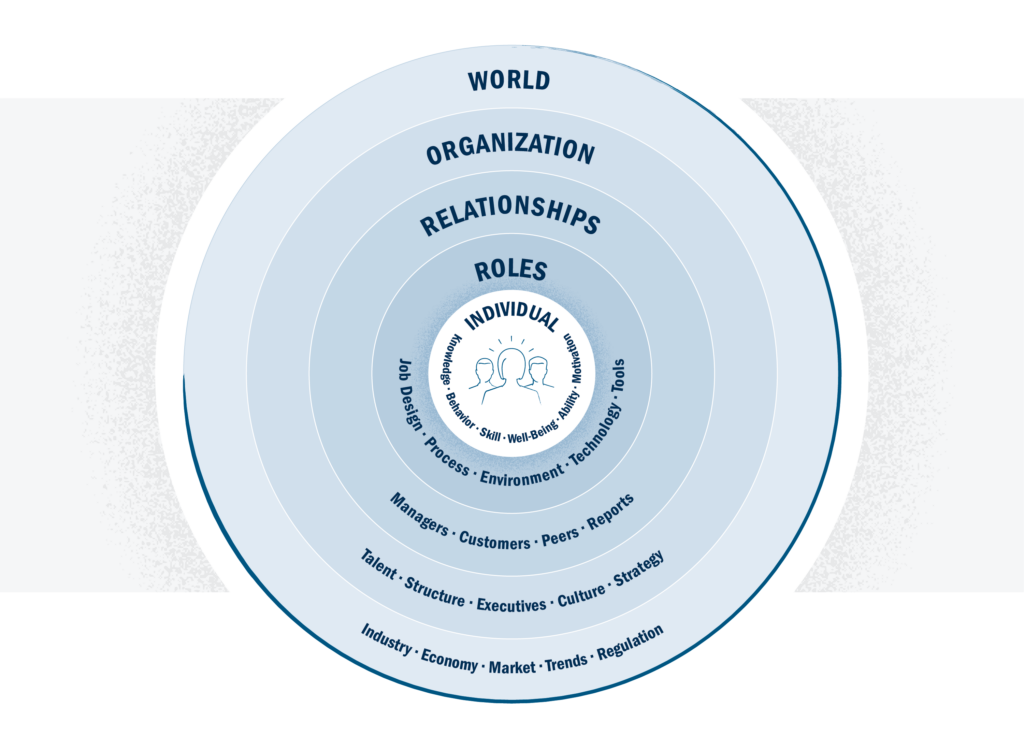“Have you ever known what you should do… and not done it?”
That’s how my friend and fellow TiER1er Jerry Hamburg likes to explain the purpose of performance experience design (PXD). It’s especially relevant to safety training.
When I hear this, I flash back to that one time as a science teacher when I wiped out on an electric kettle cord in front of a room full of ten-year-olds. You’ll see why soon. Fortunately, only the kettle was injured, but talk about a hot mess!
Why Is Safety Training So Hard?
In this case, I’ll venture to say that I knew putting a kettle of boiling water on the ground was a bad idea. Common sense (or even a basic familiarity with cartoons) would suggest this. What’s more, an annual school safety video I was required to watch explicitly mentioned that cords could be a trip hazard.
However, safety isn’t just a matter of knowledge. Often, the rules that keep frontline workers safe aren’t all that complex. The challenge is consistently applying them in a repetitive, fast-moving, or high-pressure environment when a “short-cut” may feel appropriate.
For the rest of this article, let’s explore three ways you can use performance experience design to empower associates to stop safety problems before they happen.
#1: Uncovering the Performance Factors
To create the most effective solutions, you need to thoroughly understand the systems that impact individual behavior in the work setting.
For example, consider some of the role-based factors that shaped The Kettle Kerfuffle. As a science teacher, I needed to run labs and turn them around quickly for the next class. I often needed warm water, but my environment posed a few challenges: The water was frigid coming out of the tap and there were few electrical outlets in the room, none of which were by a counter or table. And of course, my attention was constantly split between competing demands. These factors led me to plug in the kettle on the floor at the front of the room. (I thought I would be able to keep an eye on it there, but it turns out that the corollary to “a watched pot never boils” is “a kettle of water will boil as soon as you forget it’s there.”)
Talk to your associates and observe their work conditions. The Performance Factors Model (see image below) can help you map out how internal and external conditions influence behavior around your safety goals.

The Performance Factors Model
You can also use empathy maps or personas to help you summarize themes. For instance, my language arts colleagues often resorted to climbing on tables (another no-no from our safety training) because they wanted to quickly display writing projects.
Observing working conditions can help you create better training and performance support that prepares people to handle real-world factors that might get in the way of their implementing safe habits. As a bonus, your analysis may suggest some easy ways to improve safety that don’t involve training at all—like providing access to a step ladder.
#2: Equipping the Whole Person
As we’ve seen, knowledge isn’t always enough to change our behavior.
That’s why the most powerful performance experiences offer more than knowledge: they arm us with emotional, social, and behavioral tools and prepare us to use them.
To illustrate: an aerospace company I worked with used a custom-built real-time strategy game to simulate the challenges and importance of following maintenance procedures under pressure.
A pest-control corporation followed heartfelt appeals and interactive exploration with real-world dilemmas, coaching, and an obstacle course, all targeted to prevent vehicular accidents among their staff.
In my case, imagine the difference if, instead of merely watching a video with general safety tips like, “don’t trip over cords” and “don’t stand on tables,” my colleagues were engaged in discussion over relevant safety scenarios, guided to identity situations where safety becomes a greater risk for them personally, and coached to prepare and share practical action plans to handle those situations. Rich experiences drive results for performers by engaging their hearts, minds and hands.
#3: Sustaining the Positive Impact
If safety feels like a temporary focus, associates’ vigilance will tend to wane over time. Keep the energy alive with regular reinforcement.
For example, we helped a supply chain organization create a curriculum of interactive microlearning courses on safety topics, one of which would be featured or reviewed each month.
In another case, we worked with a mining company on design performance-focused learner surveys, scenario questions, and a capability checklist to monitor the impact of training over time. Not only do learning evaluation studies like this provide actionable data to the organization, but they also amplify training results by reminding participants of what they learned and demonstrating that it remains a priority.
Ever Been Burned by a Bad Decision?
Learning from experience is memorable (I’ll never plug in a kettle on the floor again, that’s for sure!), but learning from intentionally designed experiences is better! By analyzing performance factors, creating holistic performance experiences, and emphasizing safety principles over time, we can magnify the power of our people to stop accidents before they happen and stay out of hot water for good.
To learn more about how performance experience design or learning evaluation can enable your safety goals, give us a call at 859-415-1000 or reach out through the form below.




